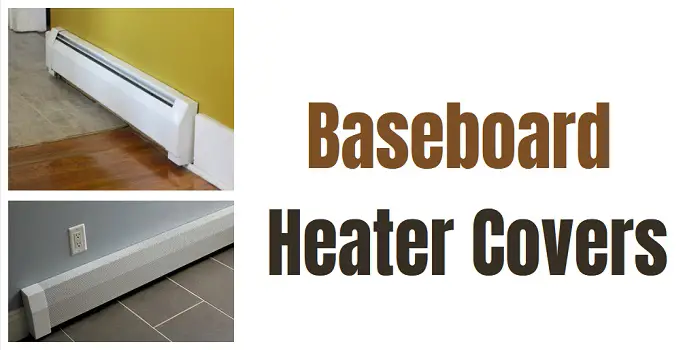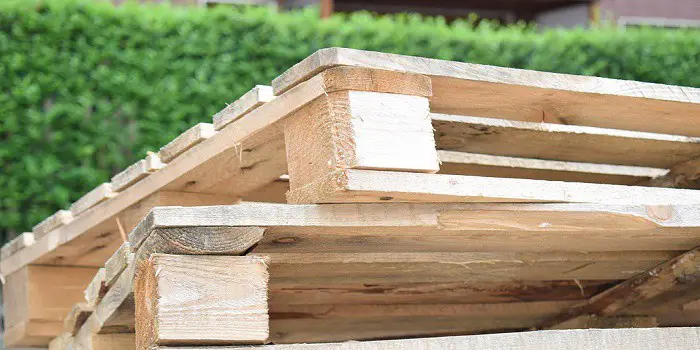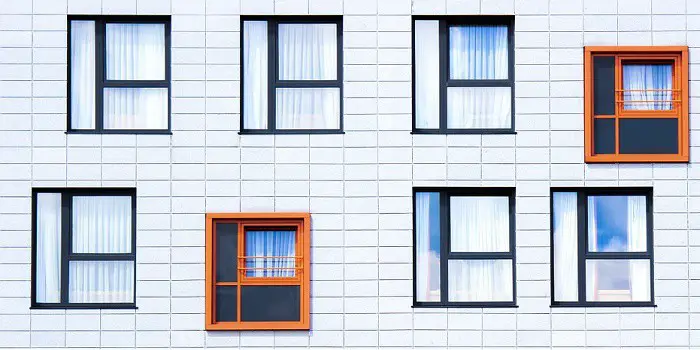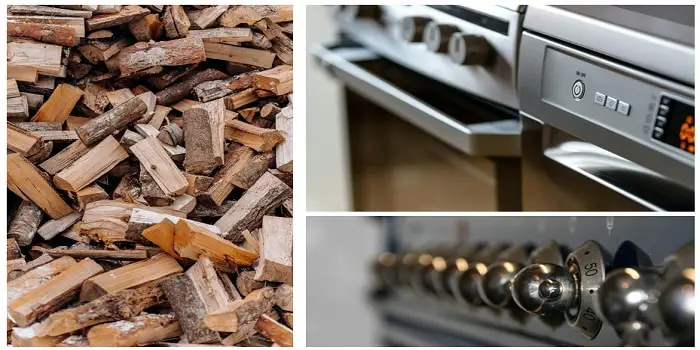
In most circumstances, covering baseboard heaters is a bad idea.
In fact, it can be dangerous to do so unless you are investing in and using professionally-made wooden baseboard heater covers.
Every year, there are homes around the world that either burn down or suffer serious damage. That all started when the homeowner covered their baseboard heaters with materials from around the home.
If you have an old-fashioned cast iron radiator taking up space against your wall, then you do have a piece of history, as they were the most common form of home heating for generations.
And because of their construction, some of them may last forever as well.
However, the downside is that such radiators are unsightly and not the most efficient way to heat up a room.
Baseboard Heaters for Heating Your Home
Baseboard heaters are far more efficient and cost-effective in terms of spreading the heat around the room while not taking up space.
Plus, they are not one big hot spot like a typical cast iron radiator.
Baseboard heating uses the same principles as the old-fashioned cast iron radiator.
The exception is that finned tube elements are used along the baseboard to provide heat.
The heater itself boils the water, which then flows through the tubes along the baseboards.
The circulating air in the room then transfers the heat from the tubes so that the area itself is evenly heated.
The fins on the tubes are what help the heat transfer process along.
The air will heat up, rise to the ceiling, and then cool and drop back down to the floor, where it will be heated again.
When the desired temperature is reached, the heater will shut off, and the tubes will cool down because the heated water will stop flowing through them.
But baseboard heaters are not all that attractive, so if you do get one, why not cover it up?
Beware that there are dangers in doing so if you use the wrong materials.
The Danger of Covering Baseboard Heaters
When covering a baseboard heater with a blanket, furniture, or other flammable material can present a fire hazard.
This is because the flow of air is being blocked, so the material covering the heater will not only heat up but may ignite as a result.
Not only is the material covering the heater itself in danger of igniting, but nearby objects that are also flammable may also be vulnerable as well. This is when such objects come into contact with the material, and heat transfer occurs.
The less serious consequence includes a decrease in heating efficiency, causing your heater to work harder to heat your home.
This is why you should never cover your baseboard heaters with any material you have around the home, flammable or otherwise.
But there is one exception in the form of professional wooden baseboard heater covers, which are designed to do the job.
You will need to know what they are and how they work, so you can employ them effectively in covering your baseboard heater.
What is Wooden Baseboard Heater Cover?
These are the covers that are professionally crafted from wood and special materials designed to withstand the high temperatures generated by the heater.
Plus, they can disperse the air properly, so you still get the same heating effect.
The cover itself is designed to fit over a pre-existing heater, so you can order them to perfectly fit the one you have in your home.
By doing so, it means that the heater vent is not blocked, so the heat can fill up the room when needed.
Plus, the cover itself deflects the heat more than it absorbs it so that the room can be heated up with roughly the same efficiency.
This also protects the covers themselves, so they do not become too hot to the touch.
Types of Cover Materials
Wooden baseboard heater covers are quite common, but there are also covers made from plastic and steel.
Steel is the most efficient in terms of transferring heat.
This means that your heater will not have to work as hard compared to wood or plastic.
Plus, the iron in the cover itself can really hold the heat, so it will still be working even after the heater shuts off.
Plastic baseboard heater covers are the least expensive, but they also have the lowest heat tolerance.
It not only means that they might melt, but they also do not conduct heat very well into the room.
You may notice your heating bill rising a little because of the plastic heater covers.
Wooden baseboard heater covers are also safe and effective, although they do not transfer heat into the room like steel.
As far as the aesthetics, wooden heater covers are quite attractive and may be the best choice if the look is what you are going for.
The wood will help hold the heat properly without burning or scorching, so they are safe and effective.
Final Thoughts
While wooden baseboard heater covers offer an aesthetic appeal and are great to have around, you should also pay attention to the heater itself.
With a little maintenance and care, you can further reduce the fire danger to your home.
This means cleaning the openings and vents to remove all dust that may ignite under the right conditions.
Plus, making repairs will help maintain the efficiency of the heater and may prevent some types of fires from starting.
By performing maintenance and cleaning when needed, you can maintain the efficiency of your heater, which will, in turn, keep your heating bills down to their normal levels.

Hi, I am Mark Garner a professional carpenter, woodworker, and DIY painter. I live in the small city of Peoria, Arizona as a semi-retired woodworker. I have started this blog with a simple motive to help you with my wood experience in this sector. If you like to know more about what I love doing and how it all got started, you can check more about me here.




